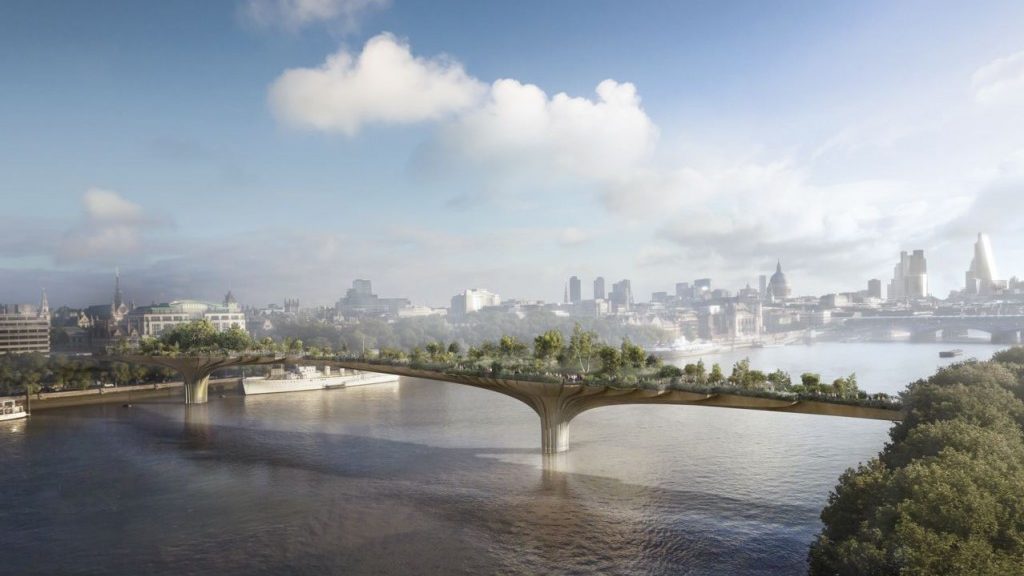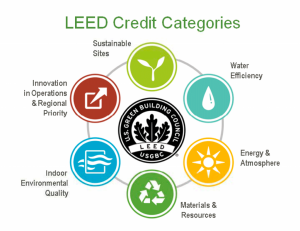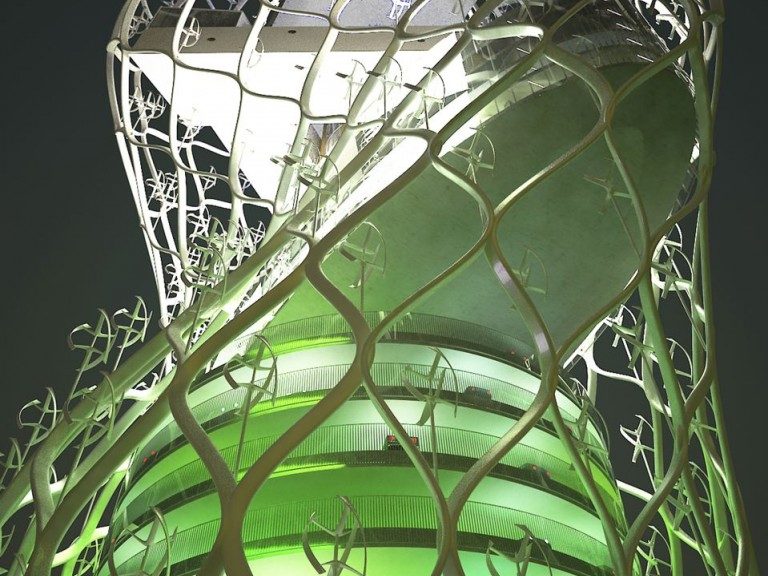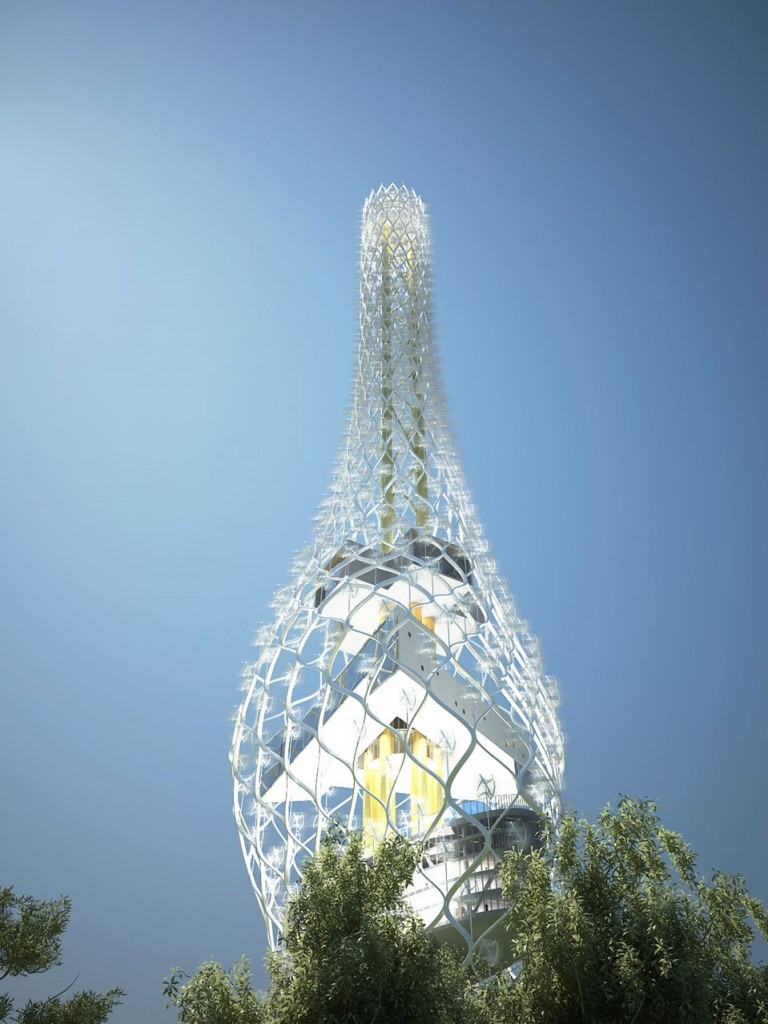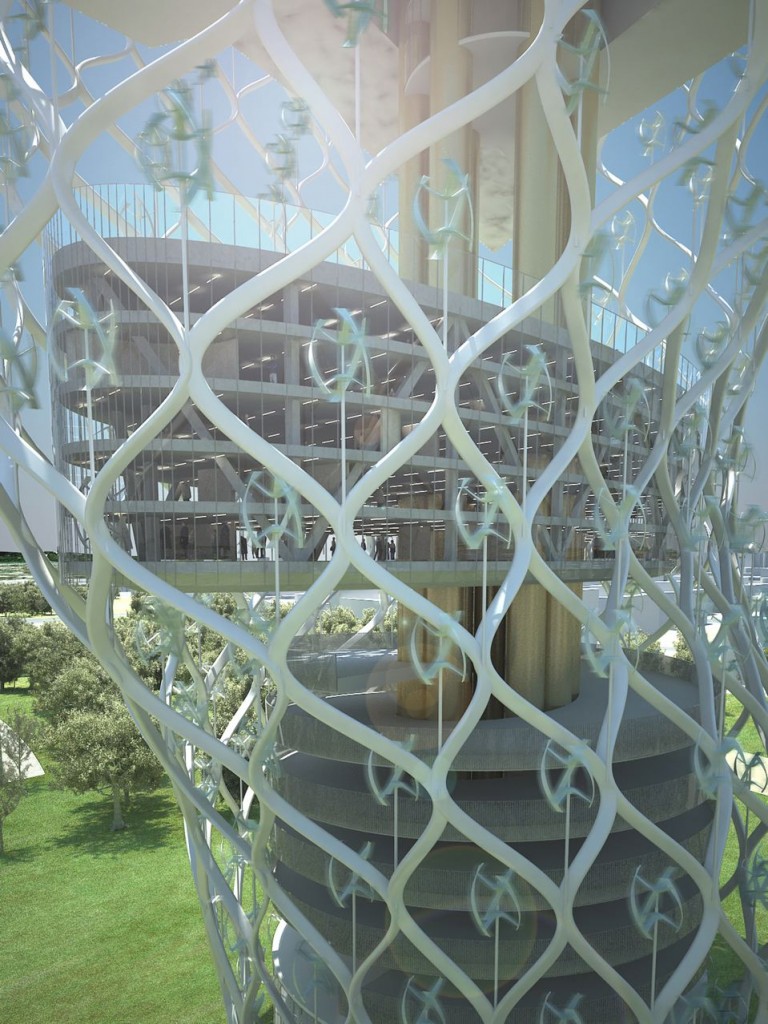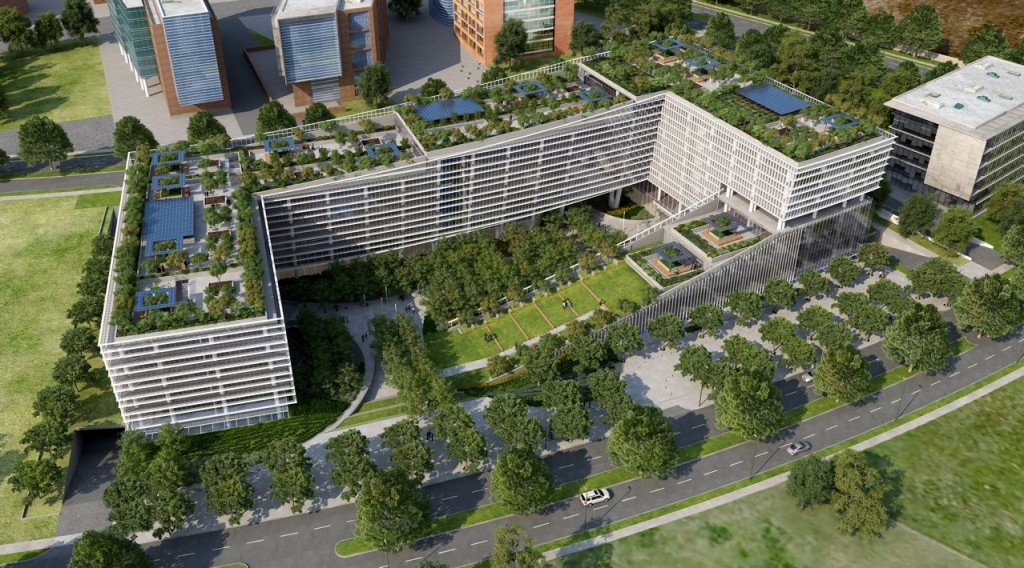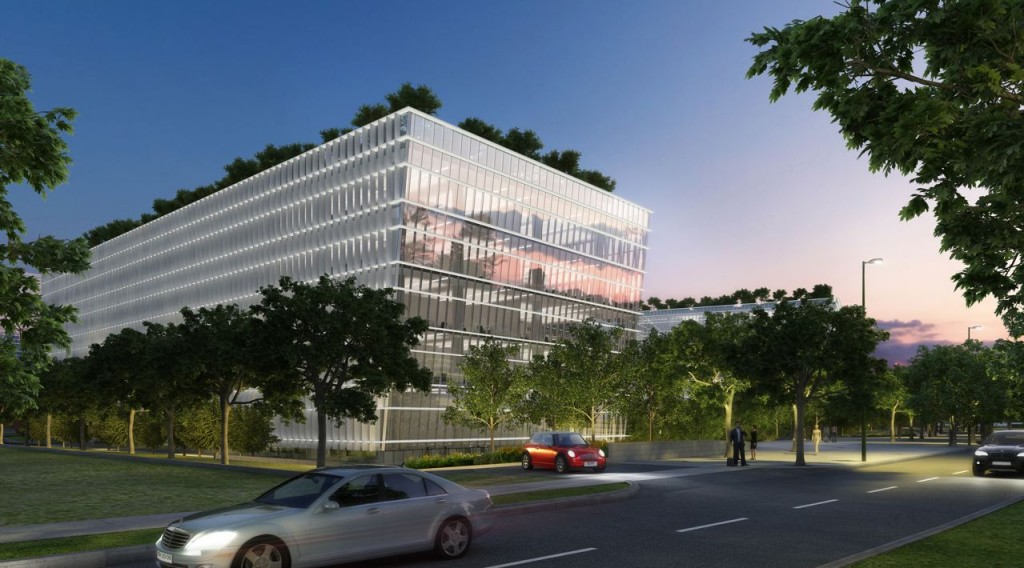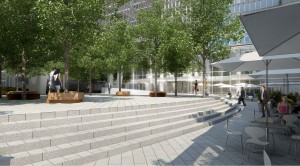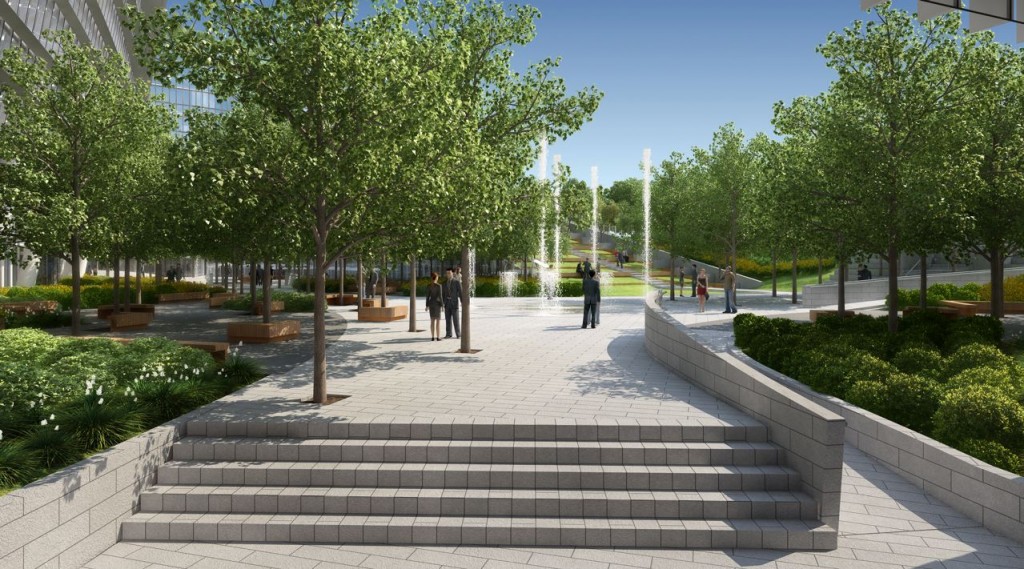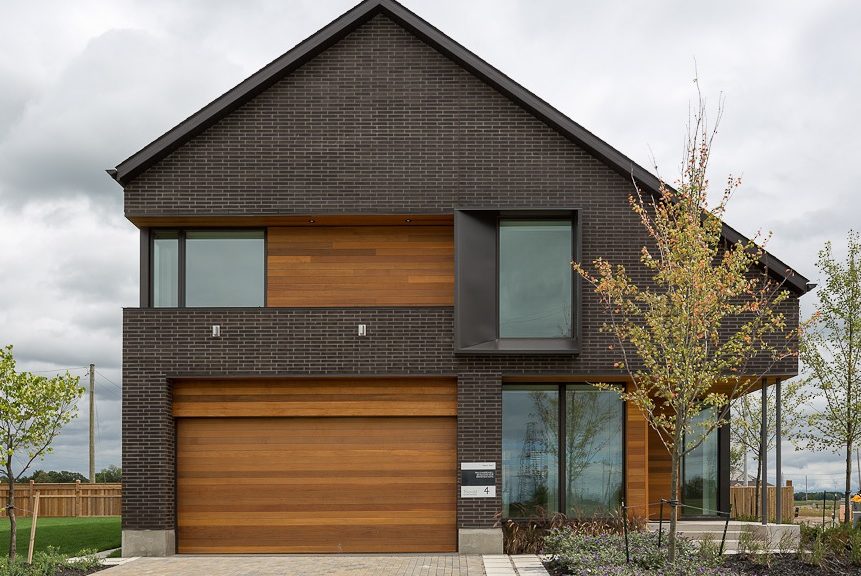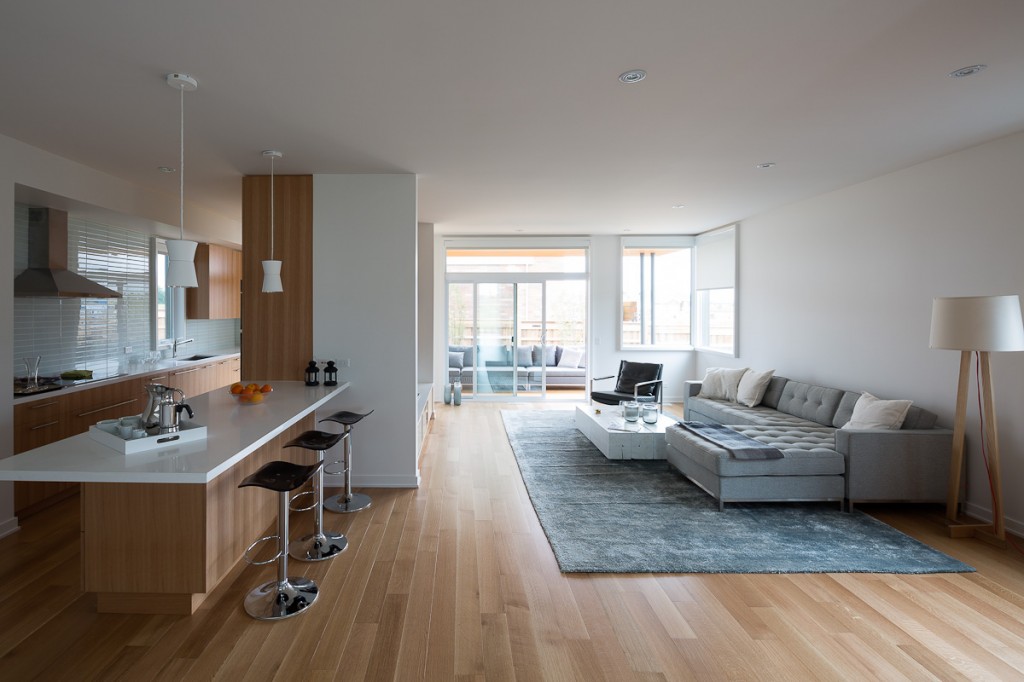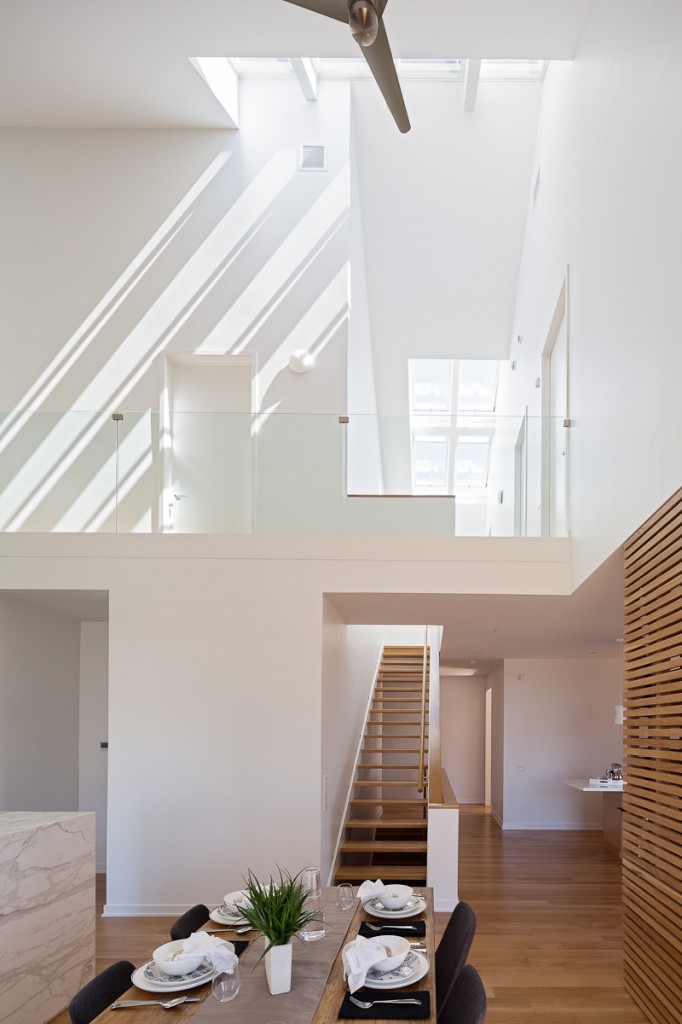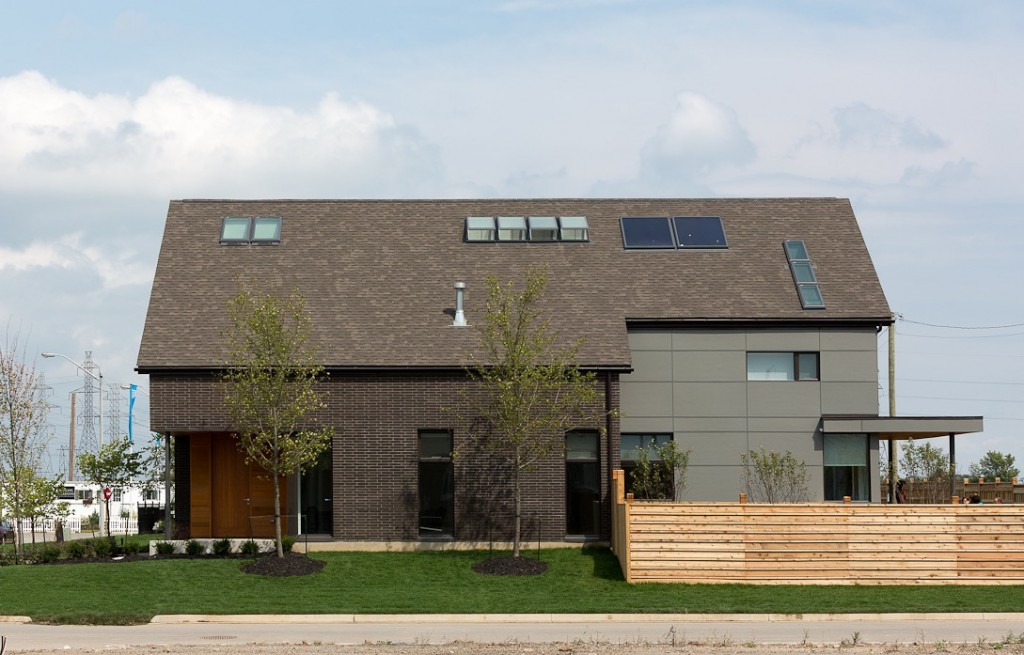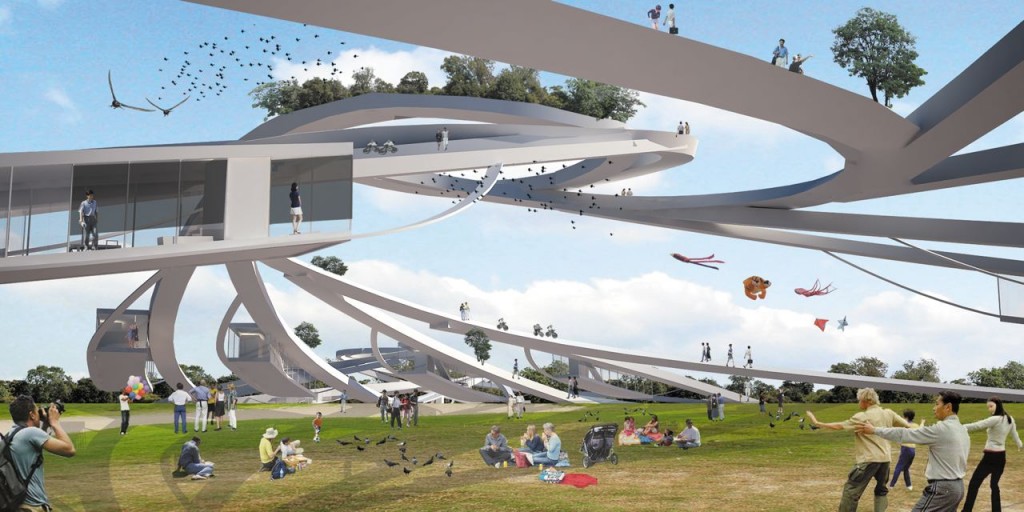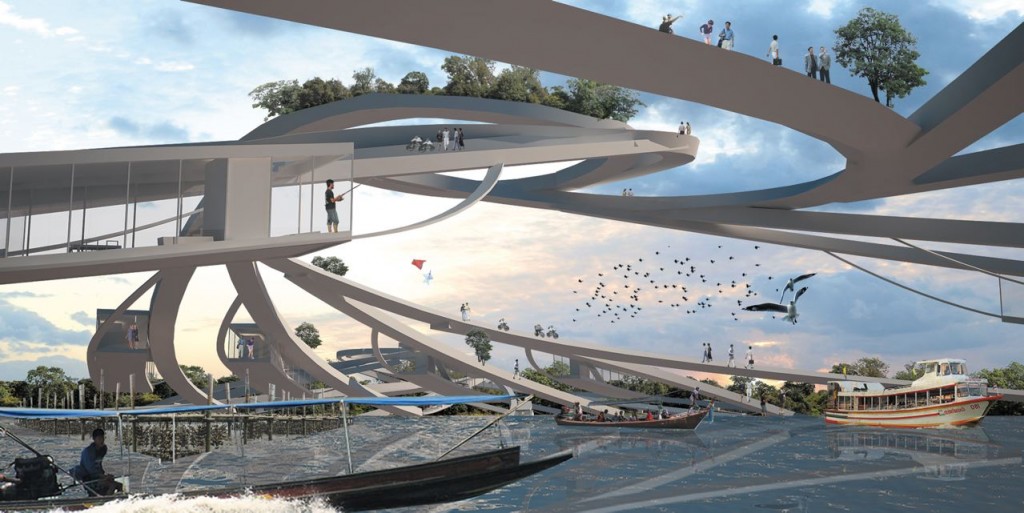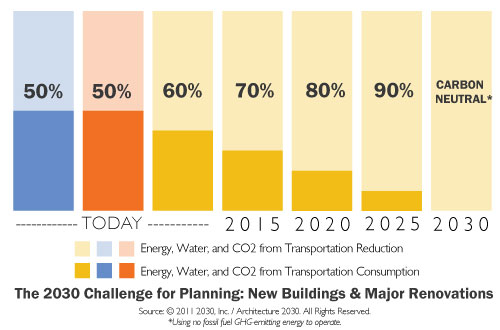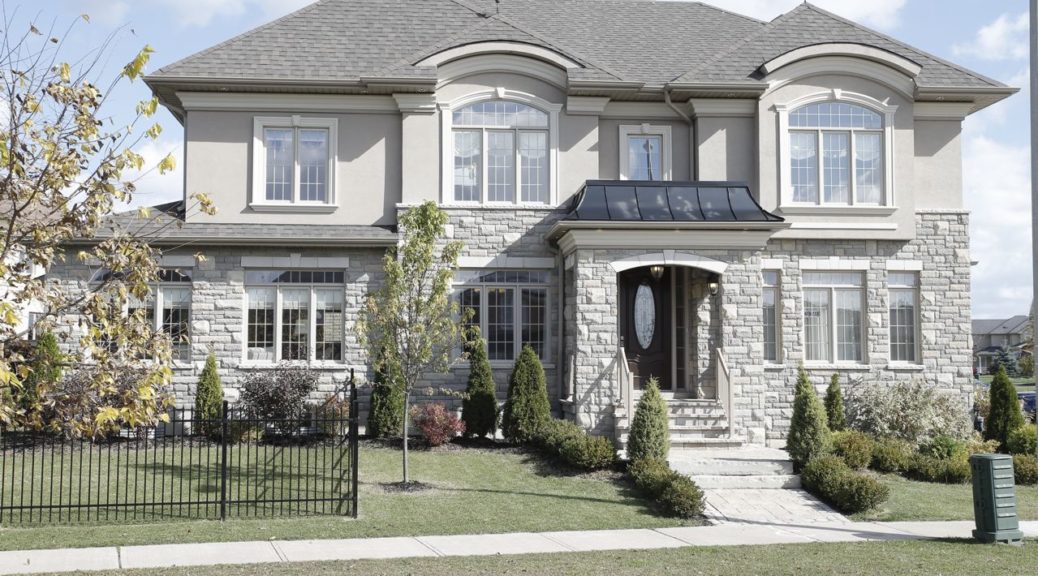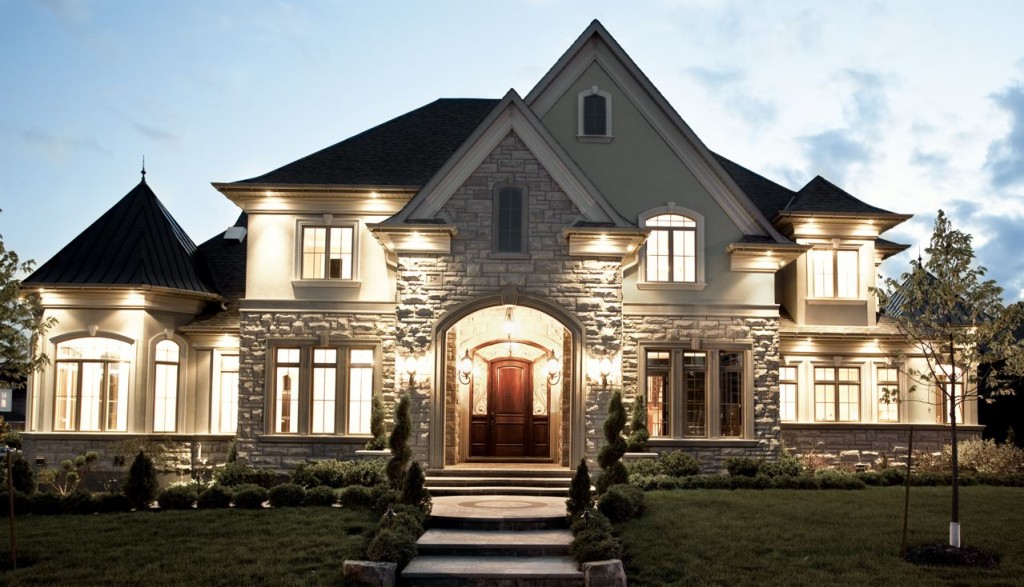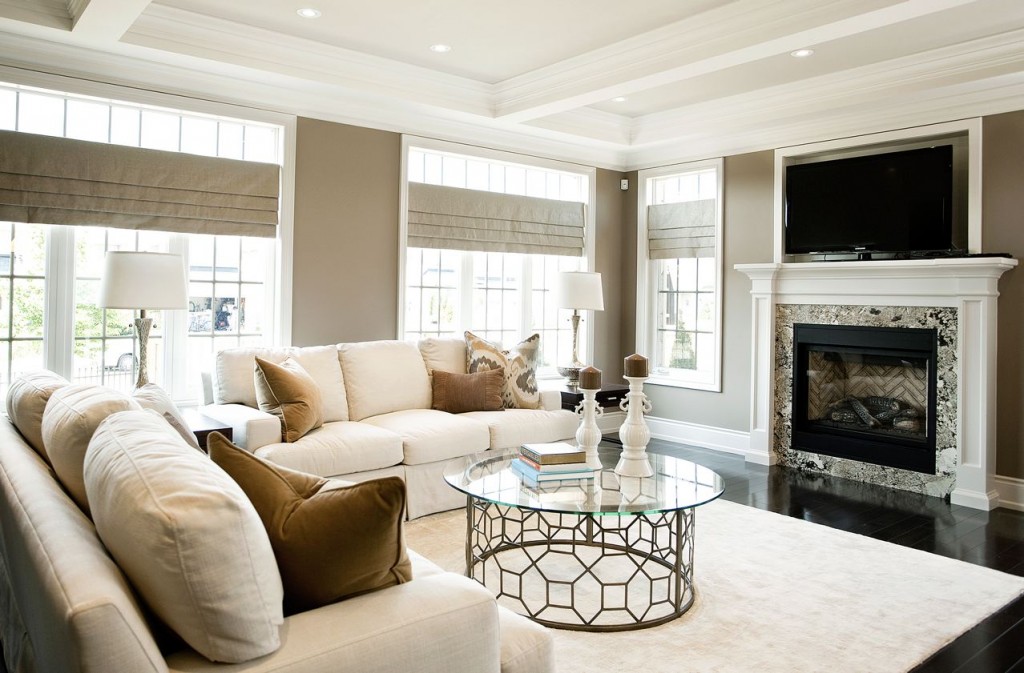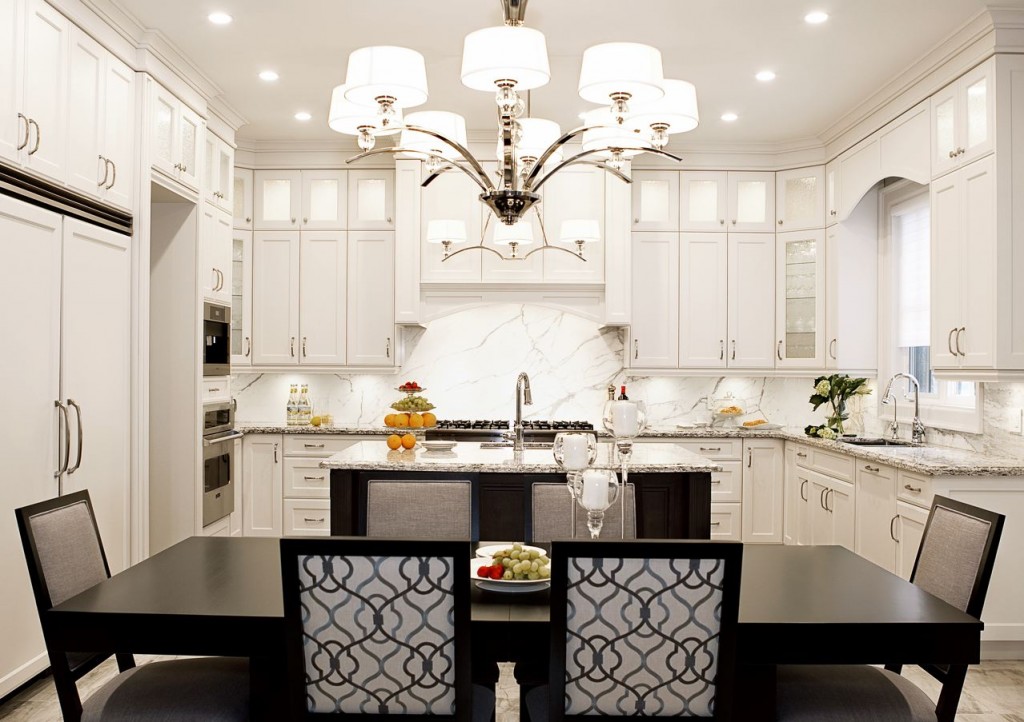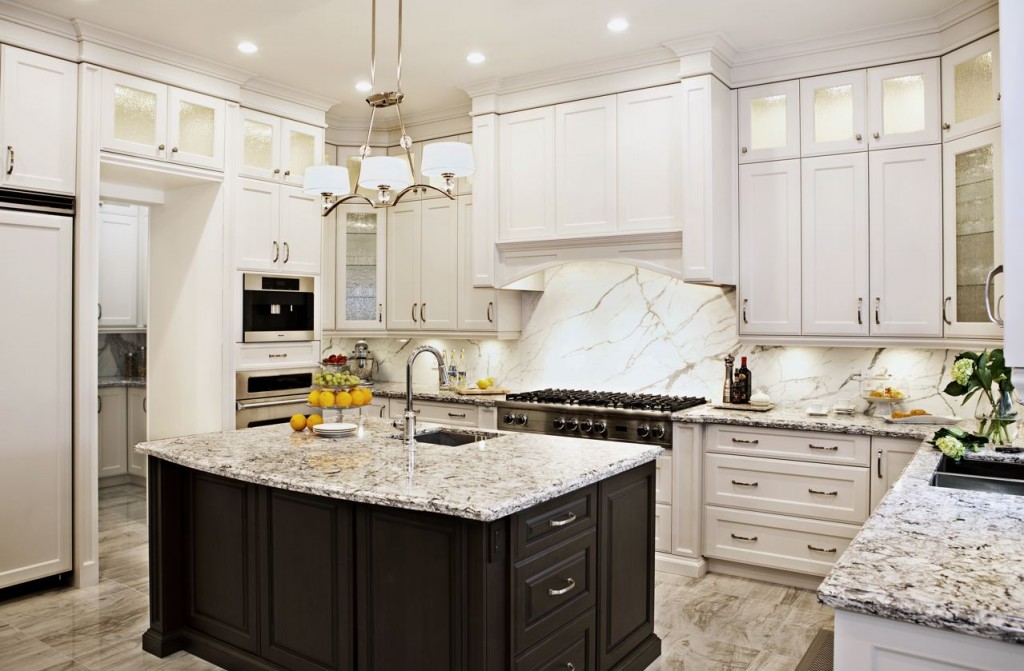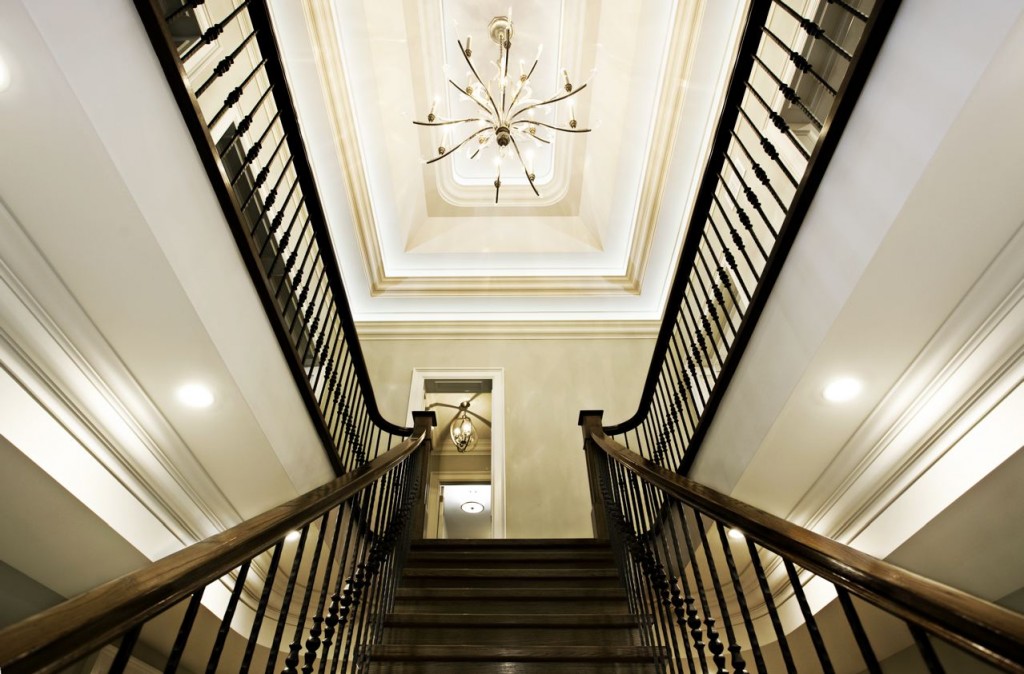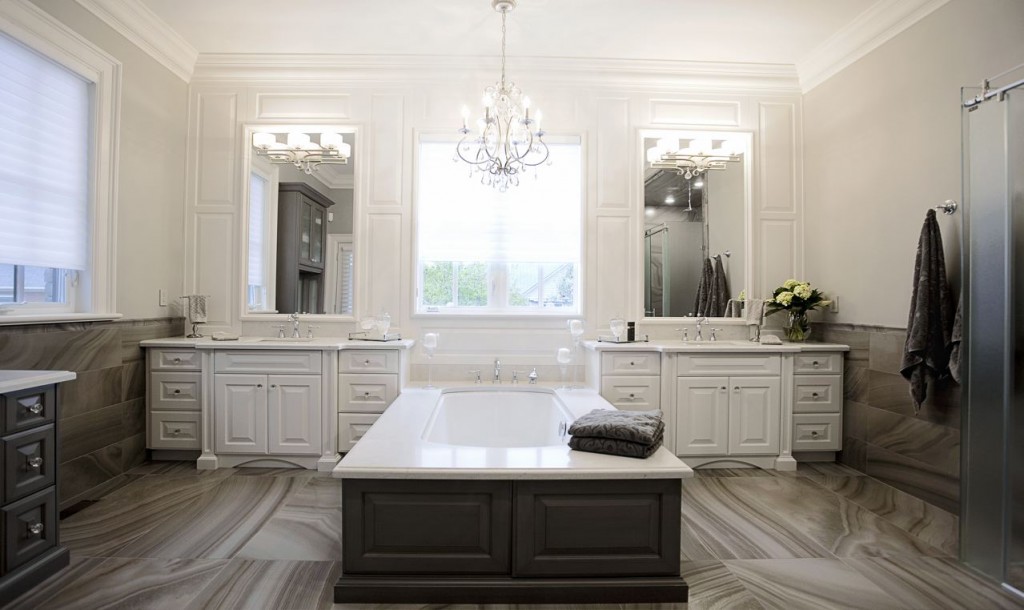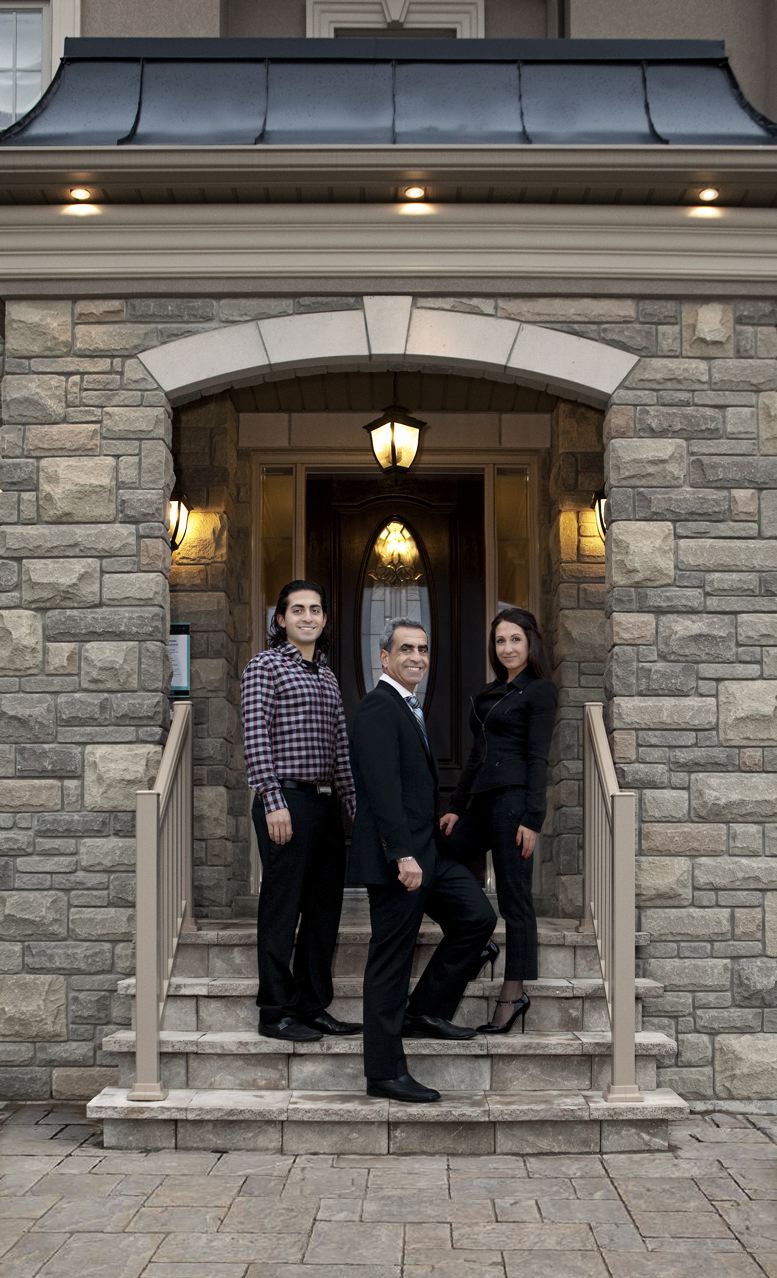Garden Bridge is a planned stunning new public garden and pedestrian crossing over the River Thames in London, England. Designed by London 2012 Olympic and Paralympic cauldron designer, Thomas Heatherwick and inspired by actress and campaigner, Joanna Lumley, star of Ab Fab and The Wolf of Wall Street, the Bridge will provide a vital new route between north and south London and feature plants, trees, woodland and meandering walkways to be used and enjoyed by all.
As one of the greenest cities of its size in the world, this precious new piece of landscape will add to London’s rich and diverse horticultural heritage of heathlands, parks, squares, allotments and community gardens and support many indigenous river edge plant species.
With a structure that widens and narrows across its span, the elevated garden will not only be a safe and easy way for London’s many commuters and visitors to cross the river, it will also make places along its length for pedestrians to stop and better enjoy the remarkable river setting and unparalleled views of the city. The addition of careful planting with variety in scale, openness and intimacy will create a new kind of public space in the city.
Heatherwick Studio is currently working closely with Transport for London and world-renowned engineering consultant Arup to develop the scheme. Arup is the lead consultant on the project, covering all the key engineering aspects of the Garden Bridge, as well as environmental consultancy, transport planning, landscape design support and project management services
Led by The Garden Bridge Trust, its groundbreaking design will integrate a new kind of public space into the fabric of the city, adding to London’s rich and diverse horticultural heritage.
The bridge will cost about £150million to design and build, which is being raised by donations. Following the public consultation ground will break in 2015. Completion of construction is foreseen for late 2017 and the opening for Summer 2018.
What will The Garden Bridge achieve?
The Garden Bridge will provide social, economic and environmental benefits on several fronts, some directly financial and others cultural and non-market. Briefly summarized, these are as follows:-
(1) Improved pedestrian connectivity and amenity: Many of the existing bridges that span the River Thames prioritise vehicles, the Garden Bridge is designed for pedestrians. The Garden Bridge will provide a new public pedestrian route away from cars and vehicles between Temple, the Strand and South Bank. This will encourage a modal shift to walking which contributes to congestion relief, improvements in health and environmental quality. There will also be a reduction in journey times for some journeys.
(2) Benefits of new urban garden: the provision of a new and unique central London open space has an intrinsic utility and amenity value. Providing a new green and open space for all to enjoy will further enhance the standard of living and cement London’s reputation as one of the leafiest capital cities in the world. The Garden Bridge will add to London’s rich and diverse horticultural heritage of heathlands, parks, squares and community gardens.
(3) Wider development effects: the Bridge will stimulate and support development on both the north and south banks, helping to attract new investment and supporting the transition towards higher value uses. By breathing life into and raising the profile of the north bank area (already the subject of a Business Improvement District) and increasing footfall to an estimate of up to 7m users a year, the Bridge will support development of this area to be realised.
(4) Increased visitor numbers creating economic growth in London and the UK: the Bridge will be a world class asset, with all of the potential of the Highline in New York, to feature in global marketing of the UK as a visitor destination – as well as enhancing the perception amongst international investors. This further increase in activity and footfall will lead to the development of complementary activities and uses that will generate jobs in the local economy on both sides of the river. The impact of increased tourism numbers (specifically attributable to better connected attractions) and tourism spend will be felt both in the local area and in the wider UK as London acts as a gateway.
(5) Supporting the UK’s creative sector: the Bridge will enhance the connections between two cultural and creative clusters of international renown: Covent Garden/Aldwych (including the Royal Opera House, West Central theatres, Somerset House, King’s College etc) and the South Bank (including the Royal Festival Hall and South Bank Centre, National Theatre, National Film Theatre and Rambert Dance etc).
(6) Showcasing UK expertise and innovation in engineering, design and landscape: the visionary concept of the Bridge and its very high quality design, led by three UK firms, will create a unique and iconic structure that will become recognised worldwide, showcasing expertise in design, engineering and landscape, and supporting the UK and London’s international profile as a centre for the creative industries and its claims as thought leading capital of the world.
(5) Supporting the UK’s creative sector: the Bridge will enhance the connections between two cultural and creative clusters of international renown: Covent Garden/Aldwych (including the Royal Opera House, West Central theatres, Somerset House, King’s College etc) and the South Bank (including the Royal Festival Hall and South Bank Centre, National Theatre, National Film Theatre and Rambert Dance etc).
(6) Showcasing UK expertise and innovation in engineering, design and landscape: the visionary concept of the Bridge and its very high quality design, led by three UK firms, will create a unique and iconic structure that will become recognised worldwide, showcasing expertise in design, engineering and landscape, and supporting the UK and London’s international profile as a centre for the creative industries and its claims as thought leading capital of the world.
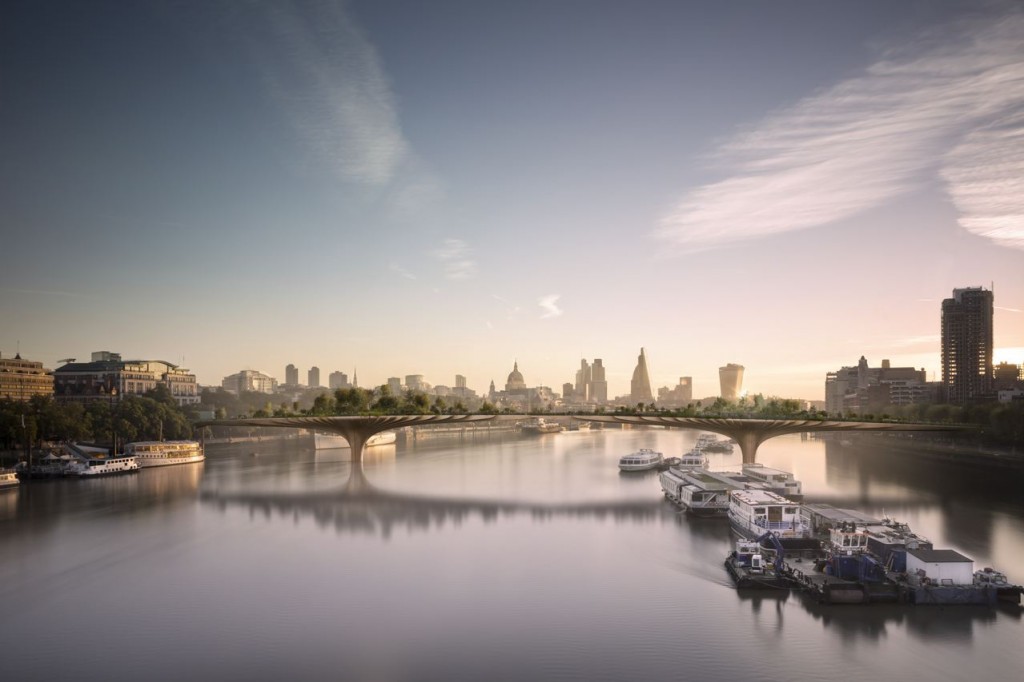
Web: www.heatherwick.com







